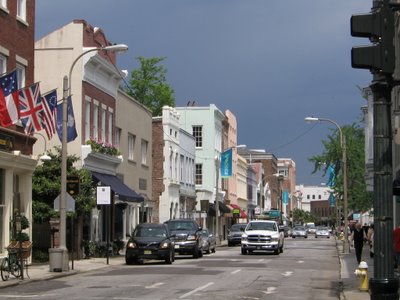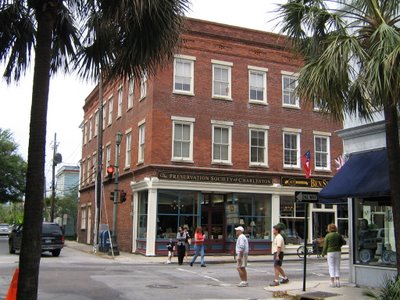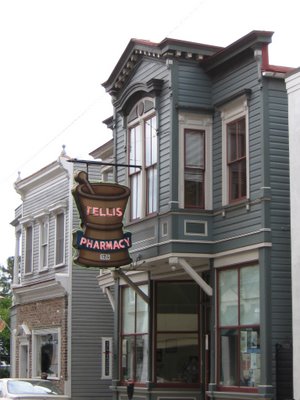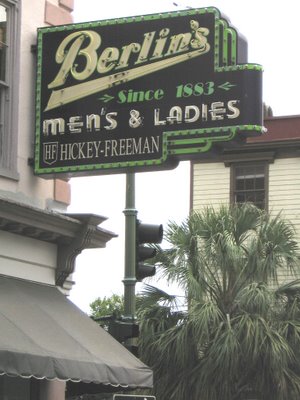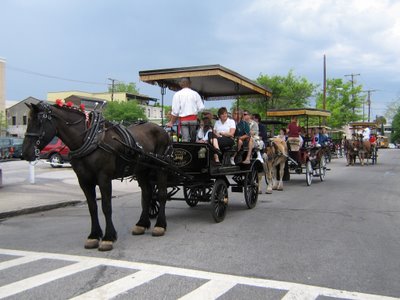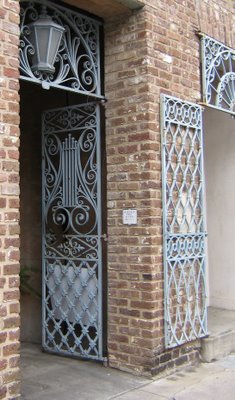
Charleston is a pastel city. Homeowners once painted their buildings in deeper hues, which faded in the merciless subtropical sun. Having discovered that lighter pigment kept the houses cooler, pastel colored buildings became common. Houses in shades of salmon, pink and even lavender add vibrancy to the Charleston architectural character.

A style of architecture common to Charleston is the "single" house, as it is only a single room wide, such as this yellow house. This was thought to have been done to avoid a frontage tax like in England, where the city taxed the homeowner based on how much of the house faced the street. Charleston never had a frontage tax, but some were taking no chances! The door, which looks like a typical entry door, doesn't open into the house but rather onto the side porch (piazza, if you're a local!) where people spent quite a bit of time escaping the heat.




The Pastel City also sells pastel candy.
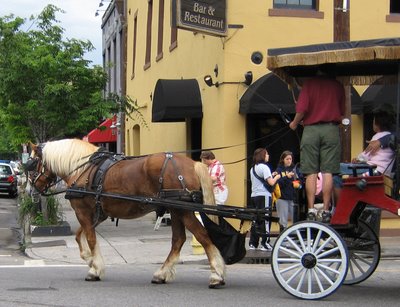

Okay, this one isn't so much pastel today. Give it a few years.

